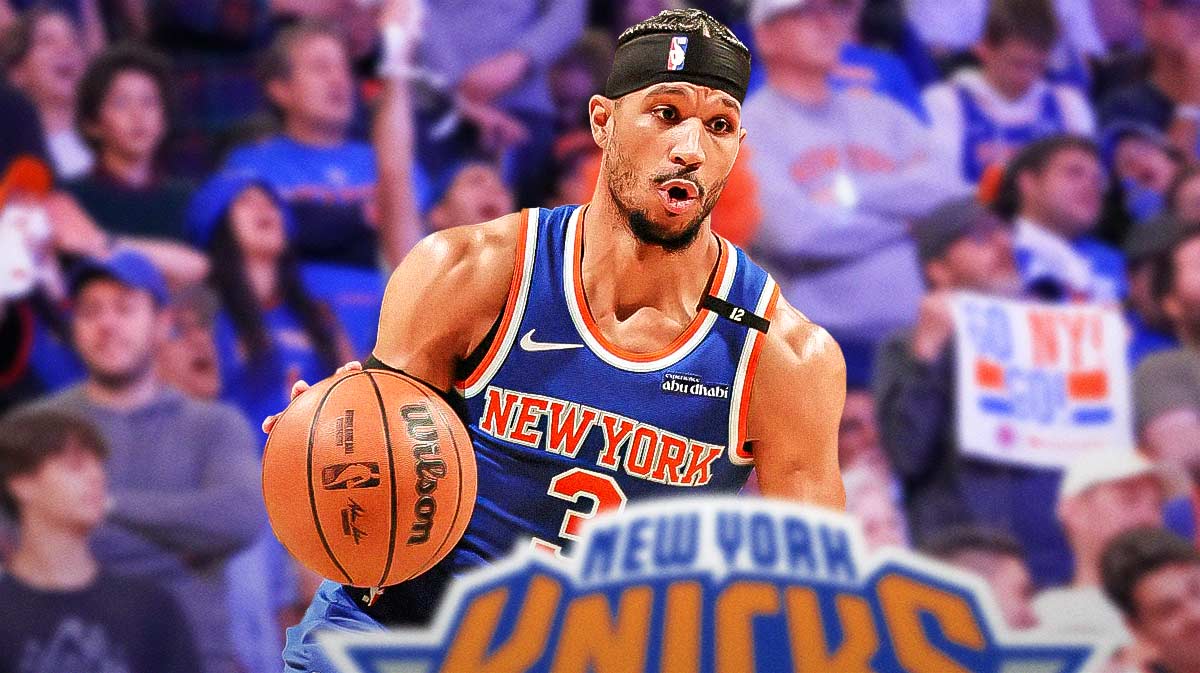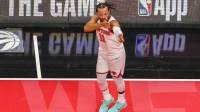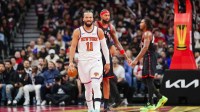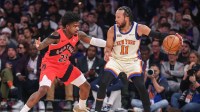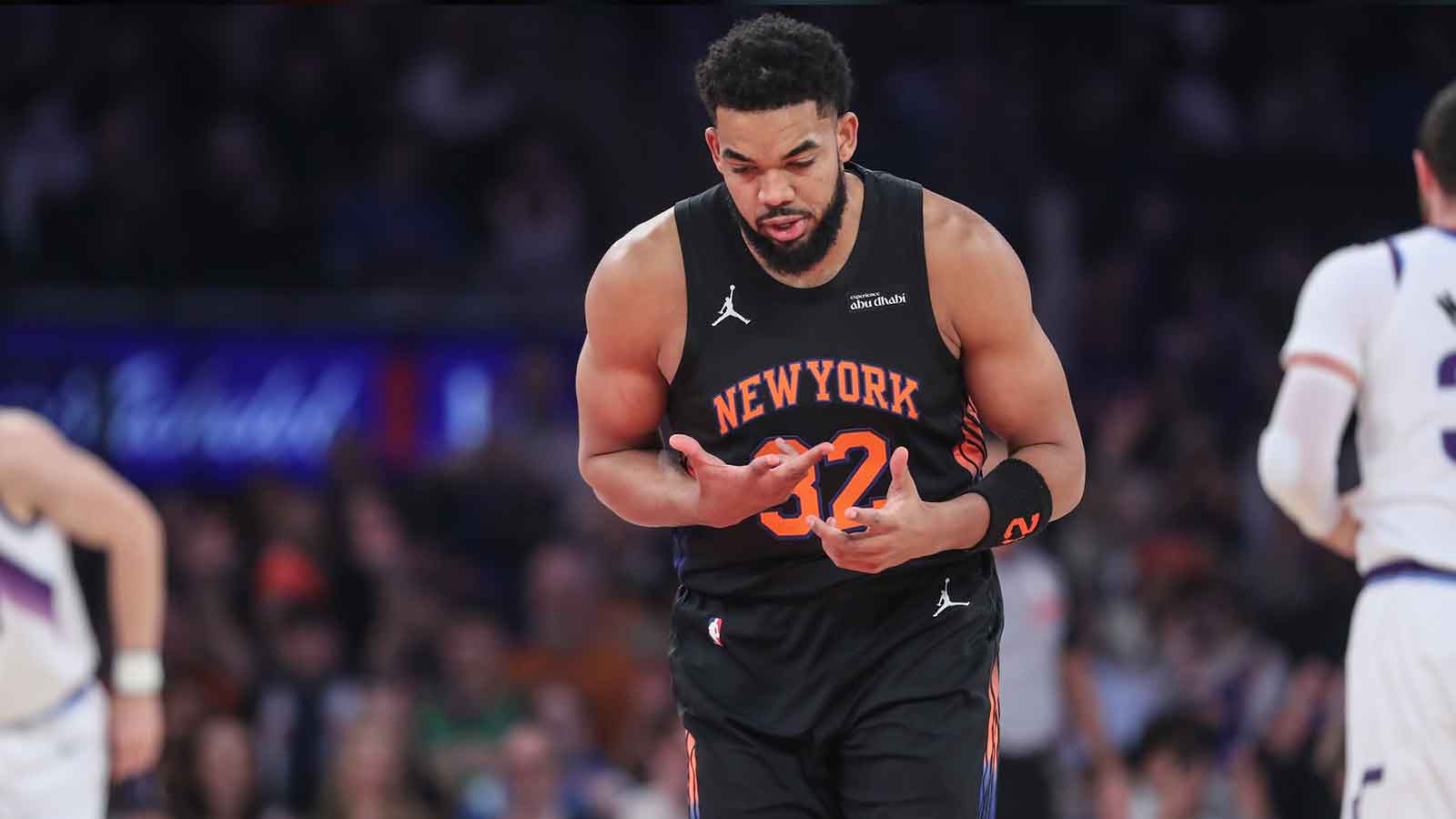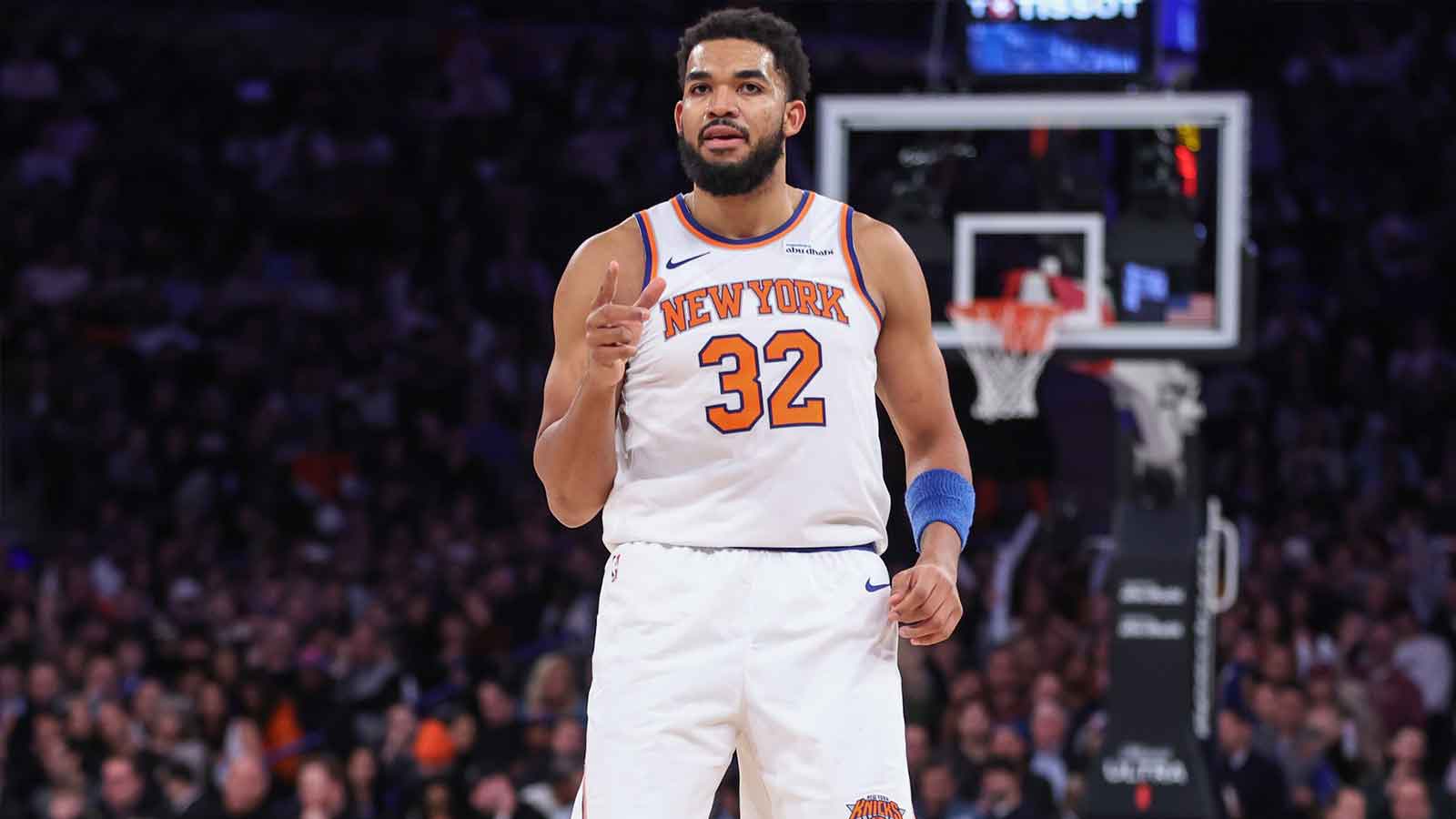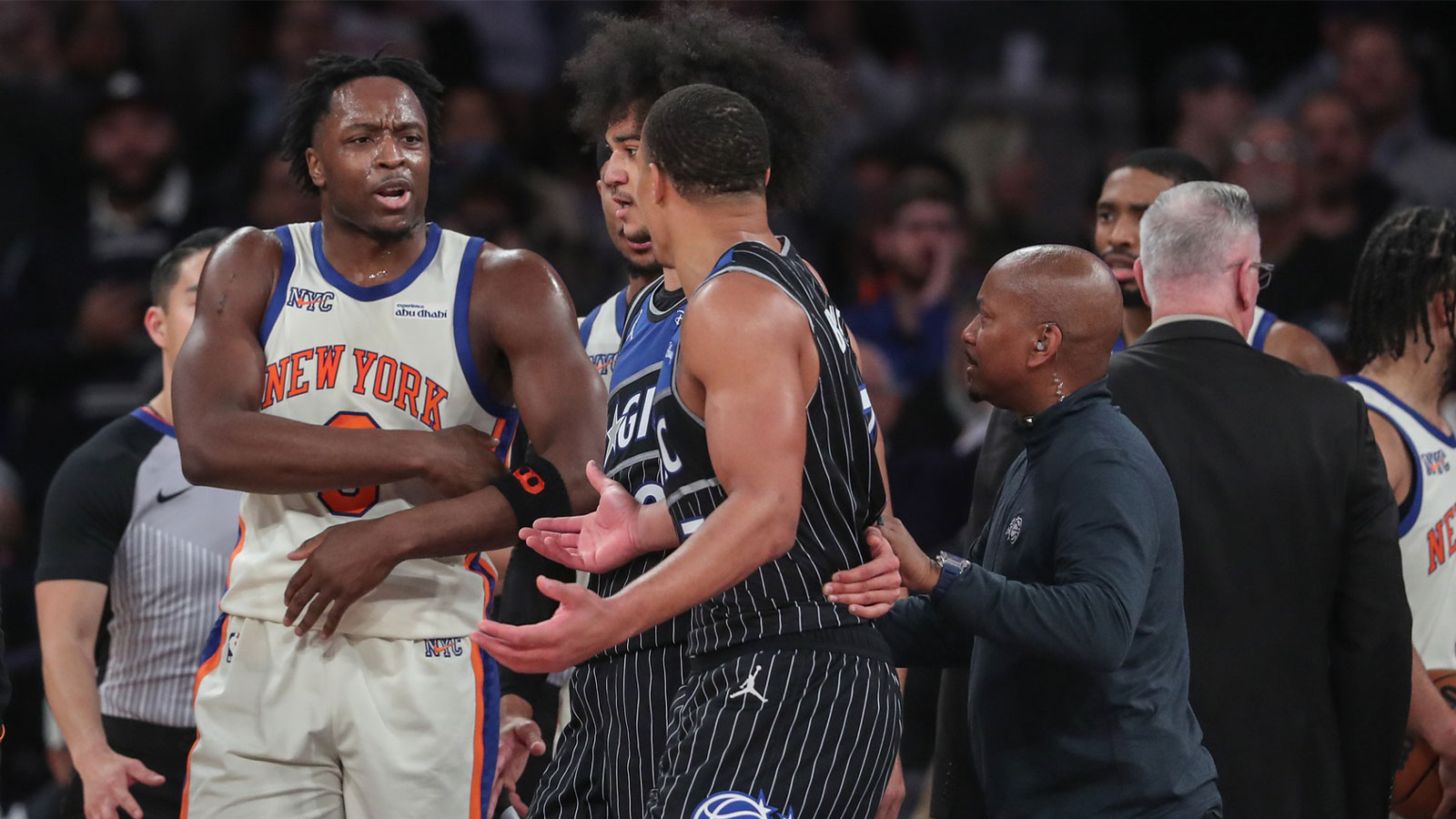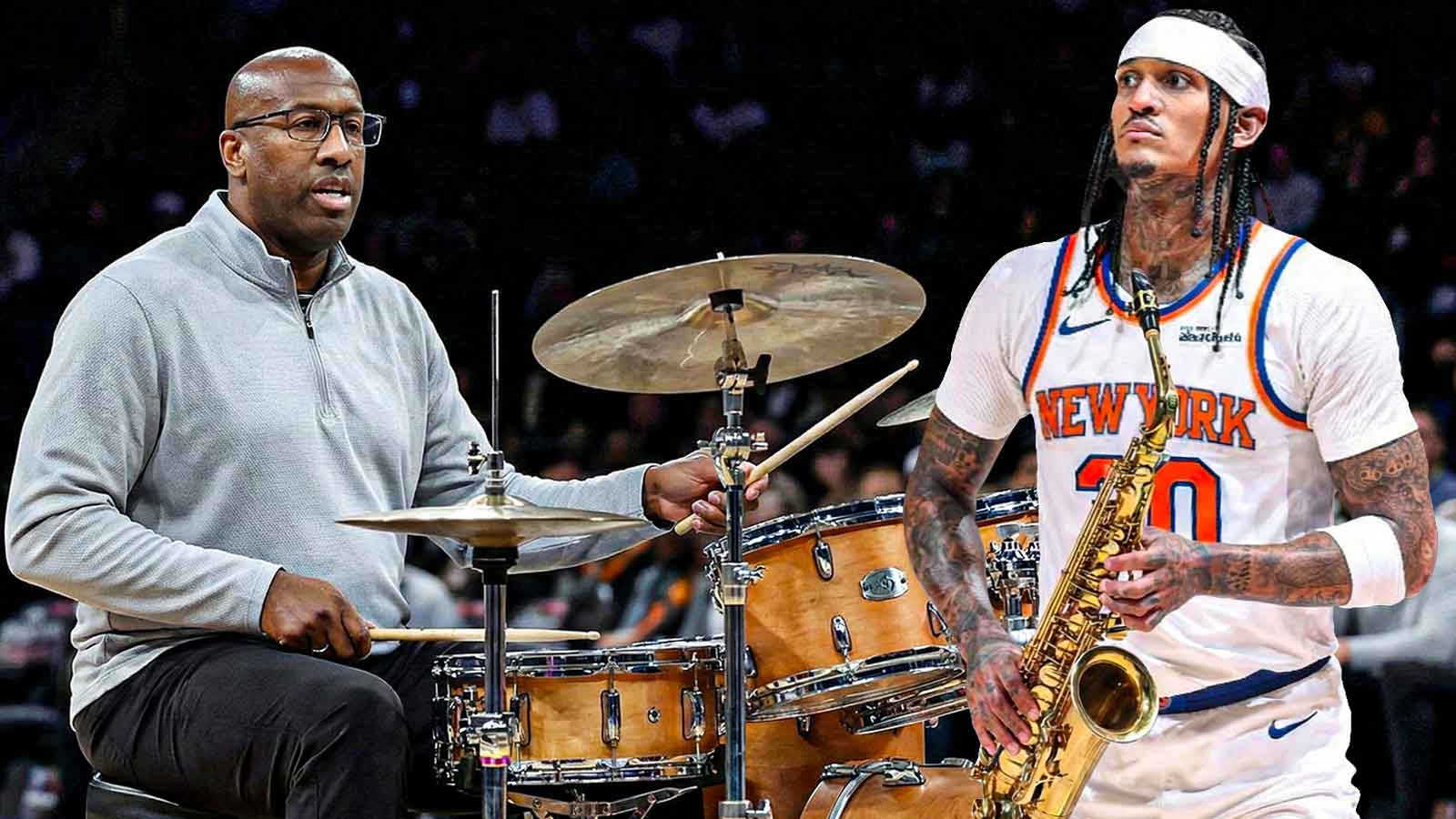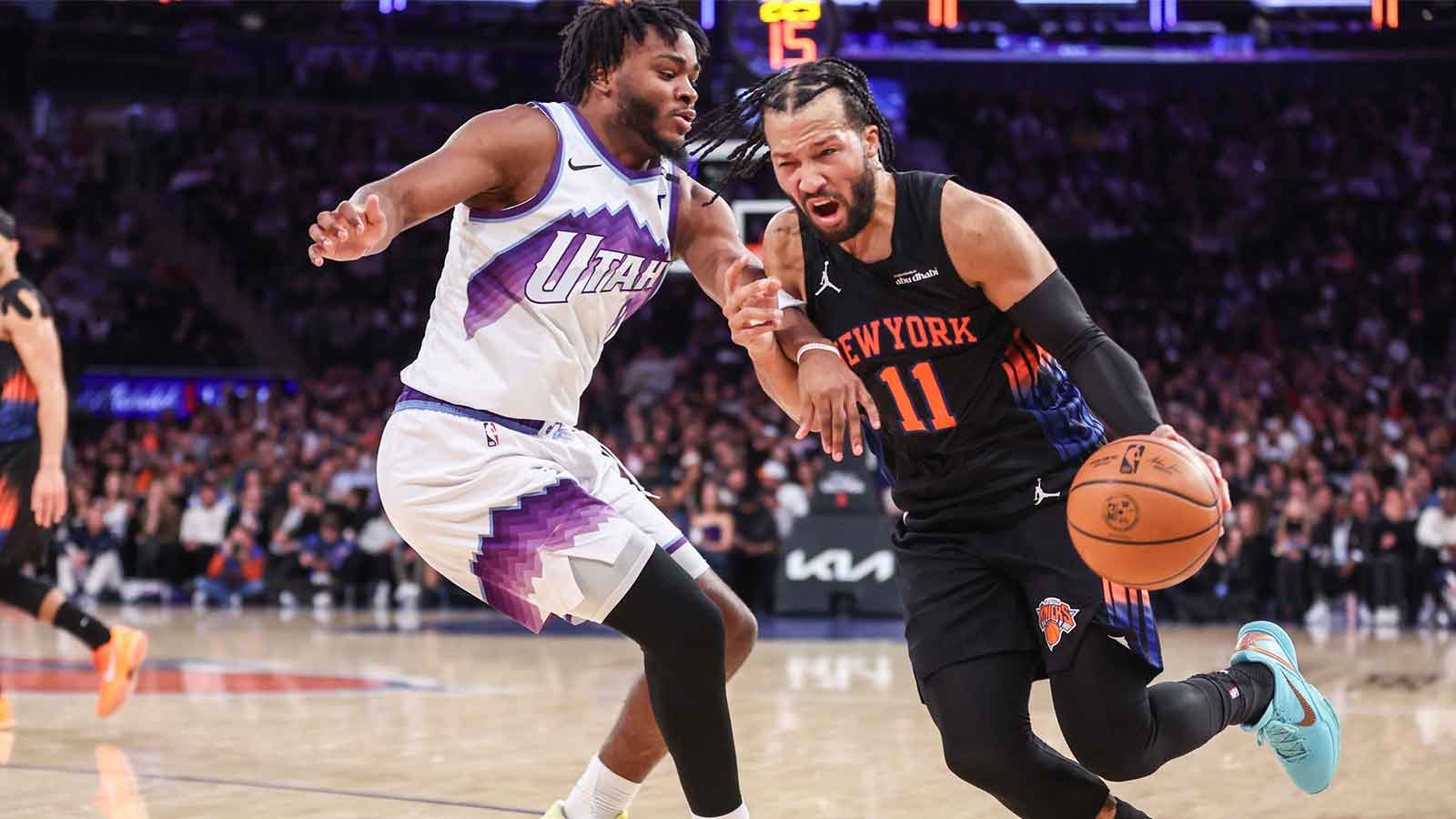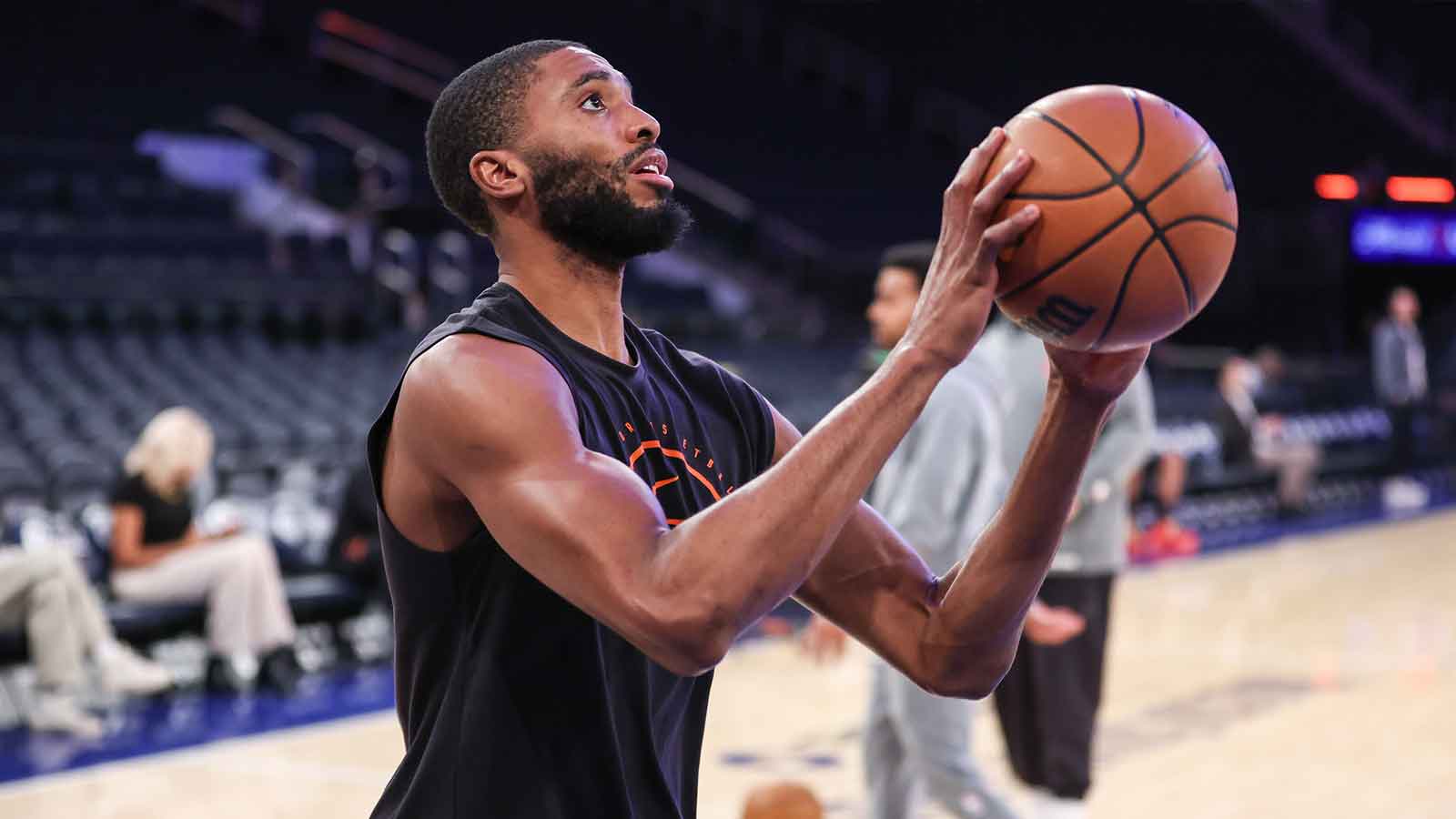As the New York Knicks gear up for what many believe could be a championship-caliber season, one familiar face finds himself in an unexpectedly precarious position. Despite being a cornerstone of the team's success over the past two seasons, Josh Hart faces legitimate concerns about maintaining his starting role as the 2025-26 campaign approaches. With new head coach Mike Brown bringing fresh perspectives and increased roster depth, Hart's ironman approach and versatile contributions may not be enough to guarantee his spot in the opening five.
Josh Hart's Health, Performance, and Roster Changes

Hart's situation represents a convergence of multiple concerning factors that threaten his starting status. After leading the NBA in minutes per game last season at 37.6 minutes, the 30-year-old forward showed clear signs of fatigue and declining performance in the final stretch. His Estimated Plus-Minus (EPM) dropped significantly over the last 30 games of the season, falling from a peak of 1.4 to just 0.6, indicating his on-court impact diminished substantially despite maintaining heavy usage.
The physical toll became evident when Hart openly acknowledged his knee issues, stating “yeah, my knee isn't good” late in the season. This admission, combined with his declining metrics, raises legitimate questions about his ability to maintain starter-level production over a full campaign. At 30 years old and coming off his highest workload season, the accumulated mileage presents genuine durability concerns for a player whose value has always been tied to his availability and energy.
Hart's playoff struggles further complicate his case for retaining the starting role. During the Eastern Conference Finals against Indiana, the Knicks' starting five posted alarming numbers, allowing 155.1 points per 100 possessions and finishing with a minus-50 plus-minus rating throughout the postseason. The starting unit's ineffectiveness became so pronounced that Tom Thibodeau made his first starting lineup change of the season, moving Hart to the bench in favor of Mitchell Robinson for Game 3.
Remarkably, Hart himself suggested this change, recognizing that Robinson's presence provided better defensive anchoring and energy. This self-aware move demonstrated Hart's team-first mentality but also highlighted his acknowledgment that his starting role wasn't untouchable. The adjustment proved effective, as the Knicks staged a comeback victory and Hart thrived in his bench role, contributing eight points and 10 rebounds while providing crucial late-game energy.
Mike Brown's Revolutionary Approach Creates Competition
The coaching change from Tom Thibodeau to Mike Brown represents a seismic shift in philosophy that could directly impact Hart's role. Brown has consistently emphasized the importance of deeper rotations and player development, contrasting sharply with Thibodeau's preference for seven or eight-man rotations. During interviews, Brown specifically discussed plans for “a larger rotation,” suggesting he intends to distribute minutes more evenly across the roster.
Brown's track record with the Sacramento Kings demonstrates his willingness to make difficult roster decisions based on performance rather than reputation. His accountability-focused approach means no player's role is guaranteed, regardless of past contributions. The new coach has already indicated plans to experiment with lineups early in the season, creating an environment where Hart must prove his worth rather than relying on incumbent advantage.
The stylistic changes Brown brings also favor different skill sets than those Thibodeau emphasized. Brown's preference for pace-and-space offense requires players who can make quick decisions and maintain energy throughout faster-paced games. While Hart possesses these qualities, his recent physical limitations and declining efficiency metrics suggest he may not be the optimal fit for Brown's vision of sustained high-energy basketball.
Mitchell Robinson's Rise and Strategic Positioning
Mitchell Robinson's emergence as a legitimate starting option poses the most direct threat to Hart's position. Robinson's playoff performance, where he averaged 5.7 points, 7.5 rebounds, and 1.5 blocks while shooting 78.9% from the field across 24.7 minutes per game, demonstrated his ability to contribute meaningfully when given expanded opportunities.
The strategic logic behind starting Robinson centers on maximizing Karl-Anthony Towns' offensive potential while addressing the team's defensive vulnerabilities. Towns struggled defensively throughout the playoffs, particularly against Indiana's versatile offensive attack. Pairing Towns with Robinson creates a more traditional frontcourt that can better protect the rim while allowing Towns to operate from his preferred power forward position.
Robinson's rim protection becomes even more valuable considering the Knicks' defensive identity under Brown. While Brown is known for offensive innovation, his teams have consistently maintained strong defensive foundations. Robinson's shot-blocking ability and rebounding provide exactly the type of defensive anchoring that complements the team's perimeter-oriented offense.
The chemistry between Robinson and the starting unit also showed promise during his limited starting opportunities. When Robinson replaced Hart in the lineup during the playoffs, the Knicks avoided the slow starts that plagued them throughout the postseason. His energy and rim-running ability created better spacing for Brunson's penetration and provided additional offensive rebounding that the team desperately needed.
Training camp will ultimately determine Hart's fate, but the combination of his physical concerns, the team's enhanced depth, and Brown's fresh perspective creates genuine uncertainty about his starting role. While Hart's leadership and versatility remain valuable assets, the Knicks' championship aspirations may require difficult decisions about optimizing their lineup construction. The player who has embodied the team's gritty identity may find himself in the unfamiliar position of fighting for minutes rather than managing an overwhelming workload.

